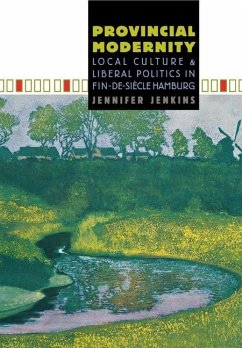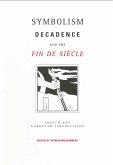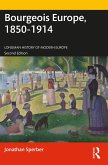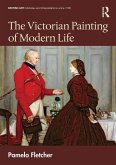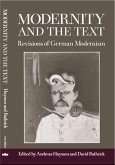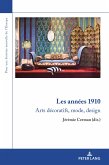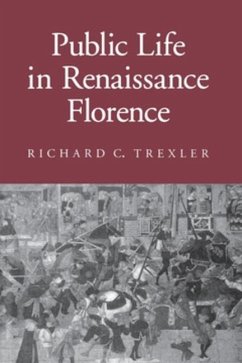A history of the making of public culture in Imperial Germany, Provincial Modernity challenges traditional accounts of the rise and fall of German liberalism and the meaning given to the "cultural work" of the German middle classes. With an interdisciplinary approach that ranges from political history to modernist art and architecture, Jennifer Jenkins explores the role that local tradition, memory, history, culture, and environment played in nineteenth-century conceptions of citizenship and community in Hamburg. Eighteen black-and-white illustrations and one color illustration enhance her portrait of the city in question.
Drawing on a wide range of sources, Jenkins focuses on the city's cultural institutions, particularly the Hamburg Art Museum and its director, Alfred Lichtwark, who inspired a citywide movement of political and cultural reform. Lichtwark, who became one of Imperial Germany's most important cultural politicians, worked with the city's elites and its civic associations, both middle and working class. Together, they promoted "aesthetic education" in the interest of forging a liberal society.
Lichtwark and the movement he inspired saw the educated middle classes as the custodians of national culture, believed education and civic morality to be vehicles for the creation of modern citizens, and argued that vital regional identities were essential to the making of a liberal national community. In so doing, they defined and promoted a distinctive northern German form of modernist culture in art and architecture.
Drawing on a wide range of sources, Jenkins focuses on the city's cultural institutions, particularly the Hamburg Art Museum and its director, Alfred Lichtwark, who inspired a citywide movement of political and cultural reform. Lichtwark, who became one of Imperial Germany's most important cultural politicians, worked with the city's elites and its civic associations, both middle and working class. Together, they promoted "aesthetic education" in the interest of forging a liberal society.
Lichtwark and the movement he inspired saw the educated middle classes as the custodians of national culture, believed education and civic morality to be vehicles for the creation of modern citizens, and argued that vital regional identities were essential to the making of a liberal national community. In so doing, they defined and promoted a distinctive northern German form of modernist culture in art and architecture.
Dieser Download kann aus rechtlichen Gründen nur mit Rechnungsadresse in A, D ausgeliefert werden.

